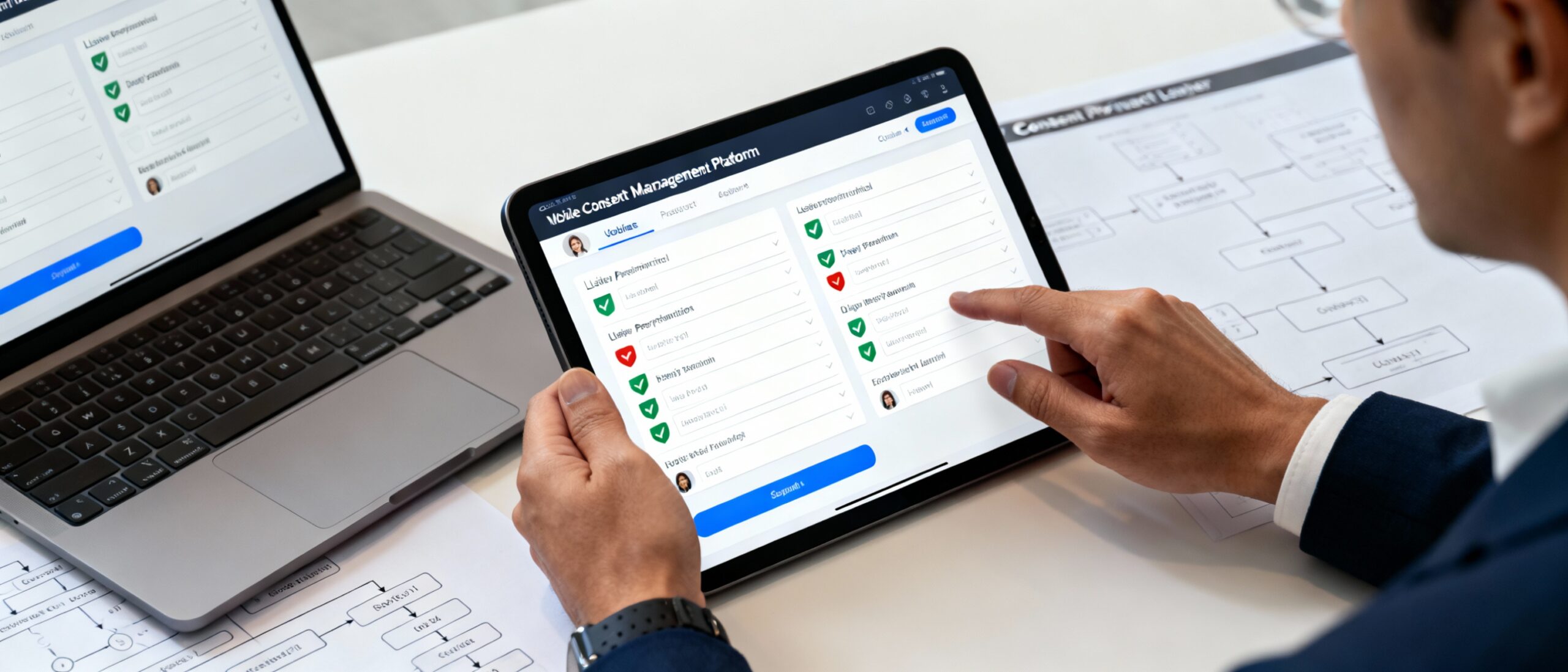The New Digital Landscape
Third-party cookies are fading into the rearview, and small brands are discovering something bracing: growth now hinges on what you can earn directly from customers, not what you can borrow from ad tech. It's a different game. Cleaner, tougher, and—if you get it right—far more durable.
By late 2024, Chrome joined Safari and Firefox in dismantling cookie-based tracking, pushing more than four out of five ad impressions into cookieless territory. That shift is painful if you've relied on retargeting and stitched-together attribution. But first-party data automation has matured fast. The playbook is no longer theoretical; it's pragmatic, measurable, and repeatable. And yes, it scales for small teams.
This article maps seven first-party data automations that small brands are wiring into their stacks to keep acquisition steady, lift retention, and maintain measurement integrity in a privacy-first market. Along the way, we'll talk real numbers, operational nuance, and a few blunt truths. If you sell something online, this is your next 12 months of work.
Why First-Party Data Wins
Let's start with the macro picture. eMarketer estimates that by 2025, over 80% of digital ad impressions will be cookieless. That's not a rounding error; it's a re-platforming of the internet's attention economy. Small brands feel this more acutely because they've long leaned on cheap retargeting to clean up conversion rate. Suddenly, that safety net is gone.
What's replacing it? Intent captured at the source—on your site, in your app, at your point of sale, through your emails, and inside your community. Forrester reports a 65% surge in first-party data usage among small businesses since 2023, and that's not just because of compliance pressure. It's because the performance delta is real: Gartner pegs retention lifts at 20–30% when first-party data is put to work intelligently.



